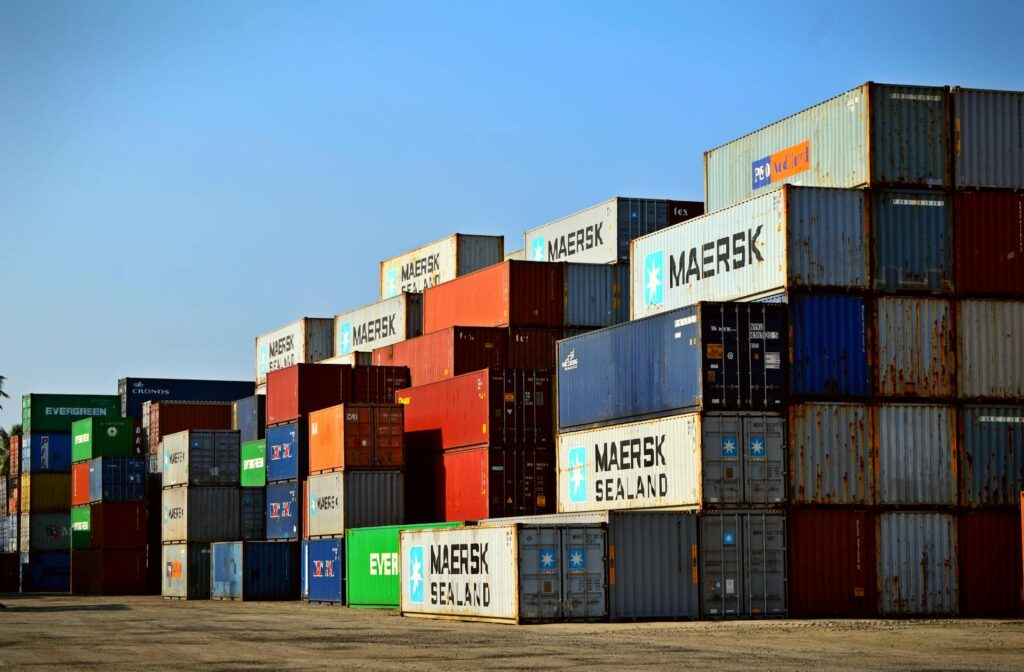Improving Supply Chain Communication with Multilingual Documentation
Clear communication is essential for keeping supply chains running smoothly, but language barriers can create serious problems. Multilingual documentation helps solve these issues by making it easier for people to share information accurately. Because of this, more businesses are rethinking how they handle language in their supply chain processes. The benefits of using multilingual documentation […] The post Improving Supply Chain Communication with Multilingual Documentation appeared first on Entrepreneurship Life.


Clear communication is essential for keeping supply chains running smoothly, but language barriers can create serious problems. Multilingual documentation helps solve these issues by making it easier for people to share information accurately. Because of this, more businesses are rethinking how they handle language in their supply chain processes.
The benefits of using multilingual documentation go far beyond convenience. Adjusting communication to fit the needs of global partners makes working together easier and improves efficiency. As companies deal with the demands of international trade, clear communication becomes one of the most important factors for success.
Eliminating Miscommunication Risks with a Professional Translation Company
“The wrong word in the wrong place can delay an entire shipment,” says a specialist from a professional translation company. With experience in terms like incoterms and bill of lading, these teams help reduce confusion in technical fields. Skilled human translators provide the clarity that automated tools often miss, especially in logistics, purchasing, and compliance.
Getting the rules right is essential for a smooth supply chain. Misread documents can lead to fines, delays, or rejected shipments. Trusting experts who understand both language and context helps cut down on costly mistakes and keeps operations moving.
Establishing a Multilingual Glossary to Promote Consistency Across Supply Chains
A shared multilingual glossary solves a frequent challenge—terms that vary across contracts, purchase orders, and safety materials. It acts as a reference point, helping teams use consistent language throughout the supply chain. With clear definitions and thoughtful translations, communication becomes smoother, especially when working across borders.
Involving industry specialists adds value to the process. Their insights help shape glossaries that reflect real-world usage and align with accepted standards. This kind of upfront investment reduces miscommunication, speeds up collaboration, and helps teams avoid errors that can disrupt operations or inflate costs.
Strengthening Supplier and Vendor Relationships Through Language Adaptation
Accurate translation of contracts prevents misunderstandings that slow projects. Clear wording helps keep prices, delivery, and quality on track. Even small errors can lead to big problems. Localization shows respect for global partners, building trust and improving communication. Adapting language makes it easier to collaborate and solve problems quickly.
Clear multilingual contract negotiations help avoid legal disputes. When terms are vague, misunderstandings can lead to delays and hurt business relationships. Well-written agreements in every language make it easier for everyone to be on the same page. Reviewing translations regularly keeps things clear as markets change. For even smoother negotiations, businesses can work with legal translators who understand the culture and the industry.
Reducing Delays in Cross-Border Logistics with Translated Shipping Documents
Accurate translations of customs forms and compliance documents are key to speeding up international shipping. Clear paperwork like invoices and declarations helps everyone involved understand what’s going on, making it easier for freight companies to keep things moving. When there’s no confusion over language, logistics teams can focus on getting shipments where they need to go, not fixing misunderstandings.
Product labels and handling instructions need to be just as accurate. Every detail matters when meeting local rules and standards. If something is wrong or unclear, it could mean rejected shipments, costly delays, or extra paperwork. Taking the time to double-check translations can make a big difference. Regular reviews keep everything up to date, helping companies stay on track as regulations change.
Maximizing Operational Efficiency in Multinational Warehousing and Distribution
Multilingual warehouse manuals make inventory management easier and help train staff from different backgrounds. Offering instructions in multiple languages gives workers the information they need quickly, shortening the time it takes to learn new processes. This leads to better inventory tracking and creates a more welcoming environment, where employees can do their jobs confidently and correctly.
Clear safety guidelines in multiple languages help prevent workplace accidents. When everyone understands emergency procedures and rules, risks drop. Translated logistics software also reduces mistakes from confusing system prompts. Regular updates keep operations smooth across global teams and distribution centers.
Clear communication keeps global supply chains moving efficiently, especially when teams span countries and languages. Multilingual documentation reduces misunderstandings, strengthens collaboration, and helps avoid costly errors in contracts, shipping, and compliance. A shared glossary supports consistency, while accurate translations speed up customs and keep logistics flowing. In warehouses, multilingual guides and software help employees work more safely and confidently. As markets shift and regulations change, regularly updating translations keeps operations aligned. Prioritizing language adaptation is more than a technical fix—it’s a way to show respect, build trust, and create stronger partnerships across borders, making every part of the supply chain work better.
The post Improving Supply Chain Communication with Multilingual Documentation appeared first on Entrepreneurship Life.
























































